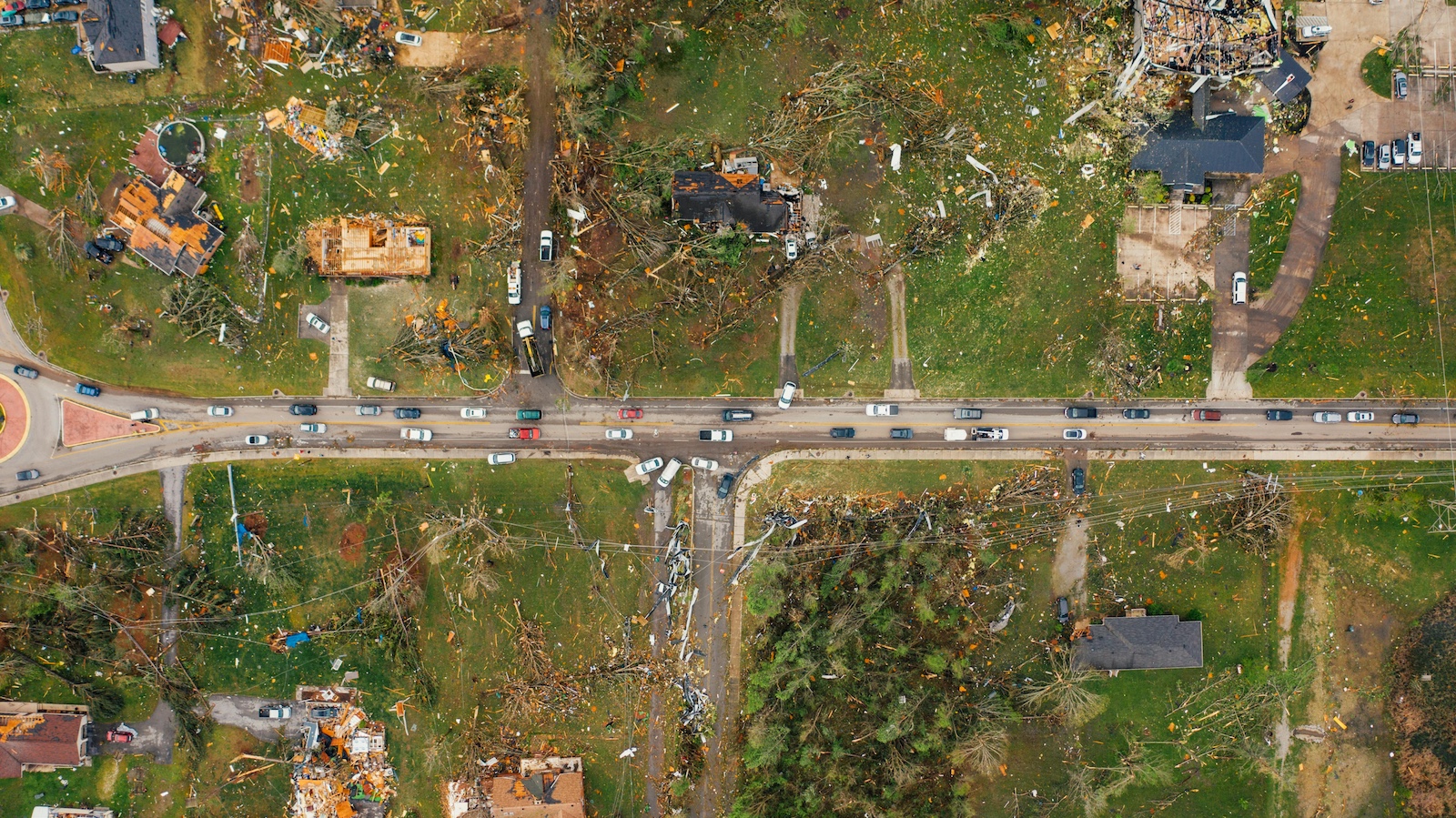Last year saw some of the deadliest and costliest wildfires in California history. With the long-term impacts of the Camp and Woolsley fires still being felt months later, many in California are already thinking ahead and considering how best to prepare for future wildfire seasons. The problem is only going to get worse due to climate change: The total area exposed to wildfires is increasing, and the wildfire season continues to grow longer. Recognizing this new reality, the California Senate recently passed a bill that would authorize the state to purchase insurance to mitigate the costs associated with natural disasters such as wildfires. When fires threaten a community, all evacuees (even those lucky enough to have homes they can eventually return to) will incur financial impact – from lost wages to the cost of emergency accommodations. These expenses are not generally covered by insurance, leaving a serious protection gap at a vulnerable time. Parametric insurance products could provide immediate financial relief in the form of automatic pay-outs for insureds living in the evacuation zone – these products present an intriguing protection option for California residents and communities. Automatically Triggered by Pre-Defined Events Parametric insurance, also known as index insurance, is an innovative product that pays a fixed sum when a precisely defined event takes place – for example, wind of more than a certain speed at a specified location. The insurance is not a direct substitute for conventional insurance because of the "basis risk" – the potential gap between the policyholder's loss and the payout. But the upsides are certainty and a rapid payout, because there is no claim to be made or adjusted. Those upsides could be appealing in certain circumstances. Parametric insurance is increasingly being used in the developing world to fund rapid relief and recovery in response to natural disasters, such as drought leading to crop failure. There are moves to develop products that will make a partial payout in advance (for example, if a major storm is forecast) to fund even earlier intervention. As the impact of climate is felt more widely, we may see an increased take-up of parametric insurance in the developed world, too. California wildfires could be a particular case. Evacuation Costs Impose a Financial Burden Emergency relief shelters generally provide aid within the first few days of fires, but displaced evacuees soon have to look to other housing options. Reports on the aftermath of disasters show that nearby hotel and motel rates jump. Aside from housing costs, evacuees are often forced to pay out-of-pocket expenses for food, gas and emergency supplies. Evacuees with homeowner or renter insurance coverage may have traditional insurance policies that eventually help with these costs. Policies with inclusions for “Additional Living Expenses” (“ALE”) typically cover food and housing costs, furniture rental, relocation and storage and extra transportation expenses. However, under the traditional insurance model, insurers will reimburse residents for ALE only after a claim has been filed and adjusted. See also: How to Fight Growing Risk of Wildfire Regardless of whether an evacuee is eligible to receive ALE, the scale of destruction leaves many evacuees uncertain as to how they will afford cost-of-living expenses in the immediate-run. Evacuees unable to afford these costs are subsequently left at the mercy – and often slow response – of government-funded emergency relief. Parametric Insurance Can Provide Financial Emergency Relief Parametric insurance can fill the protection gap, providing wildfire evacuees with rapid funding when they are forced to evacuate. Recently approved California legislation will require local emergency notification systems to warn residents of impending danger, and these warnings could serve as a trigger. A parametric insurance product offered to local municipalities may likewise afford cities and counties with quick and predictable funds. Government emergency relief funds are initially paid to cover state emergency operations. Local municipalities affected by wildfires rely heavily on relief from non-profit organizations, but, when such relief cannot adequately address immediate and longer-term financial needs, the burden is placed back on the residents to pay expenses out of their own pockets. Parametric insurance policies can be crafted to uniquely address the needs of regions threatened by climate catastrophes. For example, some of those exposed might have traditional insurance policies with significant excesses. Parametric insurance could be used in conjunction with these, so the policyholder receives a speedy payout when cash flow is tight during an evacuation, and then make a conventional claim for the balance of the loss. Whether used independently or in conjunction with other insurance, a parametric insurance product will lessen many of the financial burdens associated with wildfire evacuations. A Greater Role for Parametric Insurance Potential wildfire evacuees are one group that may benefit greatly from a parametric insurance product, but they aren’t the only Californians who could benefit from the predictability and efficiency these products can afford. Parametric insurance is currently used to insure crops from failure due to various weather conditions. This product can similarly be modeled to wineries and commercial agriculturists in Northern California who are concerned that wind, ash and debris from wildfires could diminish quality. With climate change increasing the devastation of wildfires in California, parametric insurance can play an important role in responding to the increasing financial burdens placed on the affected residents. See also: The Challenges Ahead in 2019 Beyond California The number of natural disasters that have wreaked havoc in California recently make the state a natural outlet for parametric insurance products, but it is far from the only area of the country where these products may be useful. Hurricanes routinely leave long-term damage throughout the U.S., from Texas to Puerto Rico to New York; in fact, the number of weather-related loss events in this country has tripled since the 1980s. The ability to provide rapid funding for relief, recovery and reconstruction efforts is an essential need, and parametric insurance provides an effective solution. There is no simple or one-size-fits-all solution to natural disaster protection. But novel forms of risk transfer such as parametric insurance hold a great deal of potential. This resilience-linked product is an excellent example of how the insurance industry can respond to weather-related threats in effective ways, and represents a key opportunity for future innovation.
Parametric Solution for Wildfire Risk
Parametric insurance products could provide immediate relief through automatic payouts to vulnerable people in affected areas.







